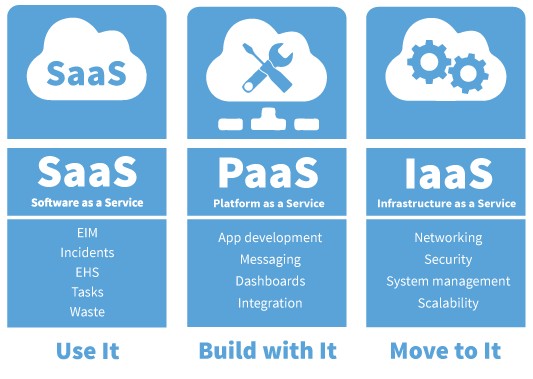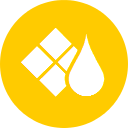Why SaaS multitenancy is key to successful and sustainable EHS management
A recently published survey by a research analyst firm indicates that 90 percent of EHS software applications installed today are single-tenant on customer premises or single-tenant, vendor hosted. Only 10 percent are multitenant, vendor-hosted. In other words, most of the vendors in the EH&S space do not run a single version of their software maintained at one location. Instead, they run multiple copies at a single or multiple locations, with the high likelihood that these multiple copies are not alike, but instead represent multiple versions or contain specific customizations for individual customers. This model is crushing their growth and scalability potential.
Locus delivers EHS+S SaaS solutions as highly scalable, Software as a Service (SaaS) application and platform services on a multitenant technology architecture. Multitenancy is an architectural approach that allows Locus to operate a single application instance for multiple organizations, treating all customers as separate tenants who run in virtual isolation from each other. Customers can use and customize an application as though they each have a separate instance, yet their data and customizations remain secure and insulated from the activities of all other tenants. Locus multitenant services run on a single stack of hardware and software, which is comprised of commercially available hardware and a combination of proprietary and commercially available software. As a result, Locus can spread the cost of delivering EHS SaaS services across user base, which lowers the cost for each customer. Also, because Locus does not have to manage thousands of distinct applications with their business logic and database schemas, we believe that we can scale our business faster than traditional software vendors. Moreover, we can focus our resources on building new functionality to deliver to customer base as a whole rather than on maintaining an infrastructure to support each of their distinct applications.
Multitenancy also allows for faster bug and security fixes, automatic software updates and the ability to deploy major releases and frequent, incremental improvements to Locus’ services, benefiting the entire user community. Our services are optimized to run on specific databases and operating systems using the tools and platforms best suited to serve customers rather than on-premise software that must be written to the different hardware, operating systems and database platforms existing within a customer’s unique systems environment. Locus developers build and support solutions and features on a single code base on our chosen technology platform. Locus efforts are focused on improving and enhancing the features, functionality, performance, availability and security of existing service offerings as well as developing new features, functionality, and services.
Locus customers and third-party developers can create apps rapidly because of the ease of use of Locus Platform and the benefits of a multitenant platform. Locus provides the capability for business users to configure applications easily to suit their specific needs.
Also, Locus multitenant cloud platform makes it possible to use a remarkably small number of servers as efficiently as possible. When organizations move business applications to Locus, they can significantly reduce their energy use and carbon footprints compared to traditional on-premises or single-tenant or ASP solutions
Locus built and maintains a multitenant application architecture that has been designed to enable service to scale securely, reliably and cost effectively. Locus’ multitenant application architecture maintains the integrity and separation of customer data while still permitting all customers to use the same application functionality simultaneously.
Both Locus and its data centers providers hold independent AICPA SOC1 (SSAE16) and SOC2 certification.




Leave a Reply
Want to join the discussion?Feel free to contribute!